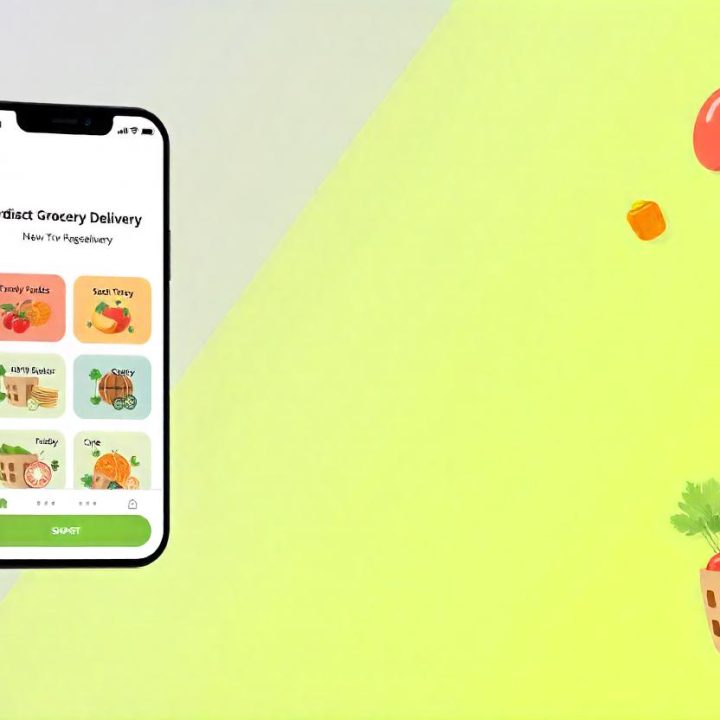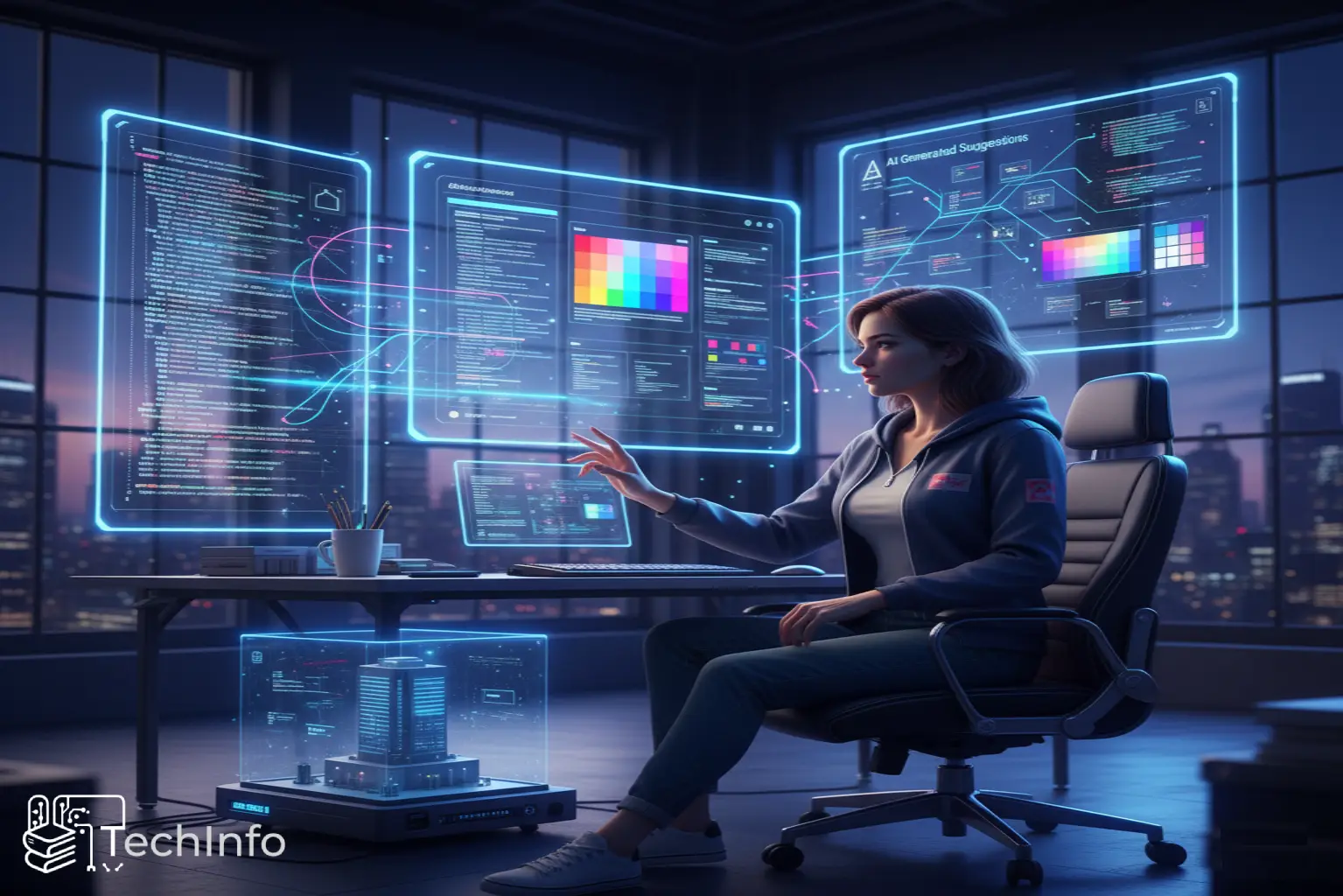From Code to Creativity – How AI is Redefining Programming Skills In 2026
The rise of AI in software development is redefining what it means to be a programmer. By 2026, coding will no longer be just about writing lines of syntax; it’s about creativity, problem-solving, and designing innovative solutions with AI as a partner.
Companies like টেকইনফো এসআরএল have embraced AI-driven workflows that allow developers to focus on creative aspects of software while automating repetitive tasks. This shift is not only improving productivity but also enhancing the quality of digital products.
1. From Manual Coding to Creative Problem Solving
Traditionally, programming demanded repetitive, detail-oriented coding tasks. With AI tools like GitHub Copilot X, Tabnine, and CodiumAI, developers can now:
- Automatically generate code snippets
- Detect bugs instantly
- Test software autonomously
This automation frees developers to focus on innovative architecture, UX design, and complex problem-solving. Learn how AI is transforming the industry → AI revolution in software development
2. AI as a Creative Collaborator
AI is no longer just a productivity tool; it’s a co-creator. Developers can now collaborate with AI to:
- Explore multiple coding approaches
- Prototype UI/UX designs
- Generate documentation and examples.
The human + AI collaboration model, detailed in The Future of Coding – Human + AI Collaboration in Software Projects, allows developers to focus on conceptual thinking while AI handles the repetitive work.
3. Leveraging Top AI Tools for Creativity
AI tools designed for creative development include:
- Replit Ghostwriter: Provides code suggestions while letting developers experiment with UI logic
- Jasper AI: Generates API documentation and code comments to speed up the creative workflow
- Aider: Translates natural-language ideas into actionable code, bridging technical and creative gaps
Using these top AI tools for developers allows innovation without compromising speed or accuracy → Top AI Tools Every Developer Should Use in 2026
4. Autonomous AI Agents – Creativity at Scale
Autonomous agents, discussed in Why Autonomous Agents Are the Next Big Thing in Development, are AI systems capable of completing entire development workflows independently.
They allow developers to:
- Focus on design strategy rather than syntax
- Explore more experimental approaches.s
- Rapidly test new concepts.
By automating the repetitive aspects of coding, these agents expand the creative bandwidth of development teams.
5. Upskilling for the AI Era
As AI handles routine tasks, developers must adapt their skillset to thrive in a creative environment:
- Prompt Engineering: Writing clear, effective instructions for AI tools
- Human-Centered Design: Understanding user experience and emotional impact
- AI Literacy: Knowing how AI models work and their limitations
- Ethics and Governance: Ensuring AI-generated code is fair, unbiased, and compliant
এ TechInfo, we train our teams to blend technical expertise with creative thinking, enabling developers to thrive in the AI-augmented workplace.
6. Creativity Beyond Coding
AI enables developers to explore new dimensions of creativity, such as:
- Dynamic visualizations of data and algorithms
- AI-generated art or interactive interfaces for applications
- Rapid prototyping for mobile apps and web services
This freedom allows developers to experiment without fear of failure, resulting in richer, more user-centric products.
7. Ethical and Responsible Creativity
While AI empowers innovation, ethical considerations remain crucial:
- Avoid bias in AI-generated logic
- Respect intellectual property
- Ensure privacy and security standards are met.
Combining ethics with creativity ensures AI-enhanced software is both innovative and responsible.
8. Conclusion
The future of programming in 2026 is creative, collaborative, and AI-augmented. Developers are evolving from pure coders to digital architects who combine human ingenuity with the computational power of AI. Through natural collaboration with AI tools, autonomous agents, and top AI-powered software, developers can focus on solving complex problems, designing innovative interfaces, and delivering superior digital products.
Organizations like we are pioneering this transformation, proving that AI isn’t replacing programmers—it’s amplifying their creative potential. The journey from code to creativity is here — and it’s reshaping the very nature of software development.







